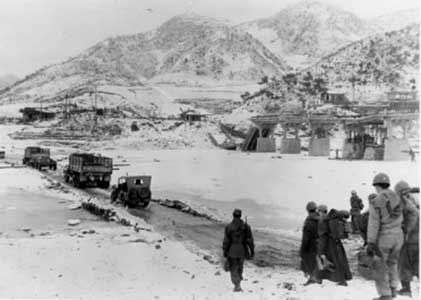
The Korean winters proved to be a brutal adversary throughout the conflict.
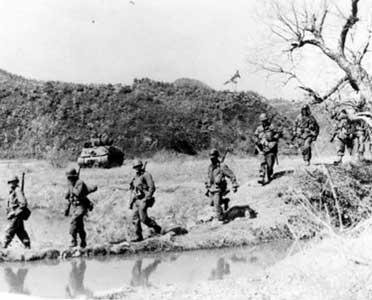
As the war moved into stalemate, patrols became a regular feature of daily life for many troops.
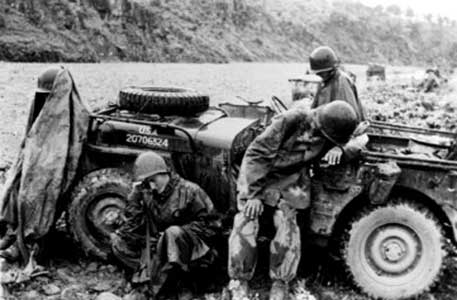
The signs of fatigue are clearly evident in the posture of these battle weary soldiers.
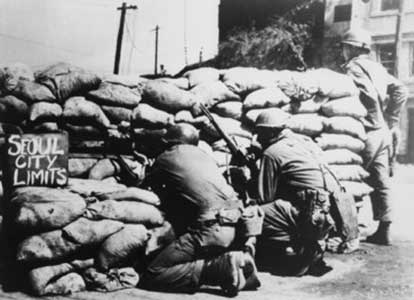
Seoul, the capital of South Korea, changed hands four times during the first year of the war.

The U.S. suffered over 150,000 casualties during three years of fighting in Korea. Most of the American troops were motivated by loyalty to the men with whom they served rather than by political ideology.
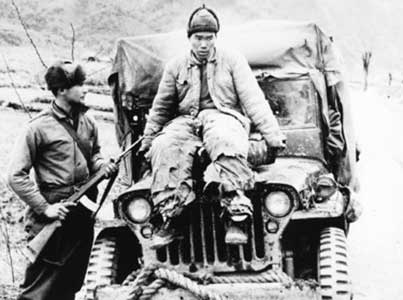
What to do with communist prisoners of war was a continual problem for the ill-prepared allied forces. Eventually, a major prison compound was established on Koje-do Island, off the southern coast of Korea.
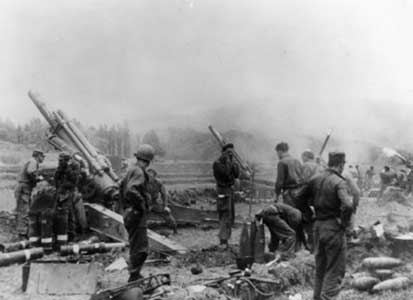
Artillery, such as these 155mm howitzers, played an important role in keeping communist forces at bay throughout the war.

Huge swathes of the Korean civilian population were displaced as the warring sides competed for control of territory.
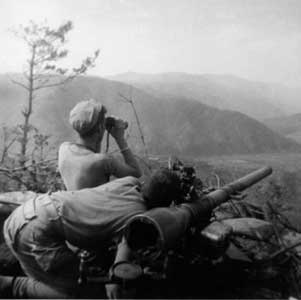
While primarily an anti-tank weapon, the 75mm M20 recoilless rifle was often employed against communist bunkers and other fortified positions. Here, men from the 1st Marines scan surrounding hilltops for a suitable target.
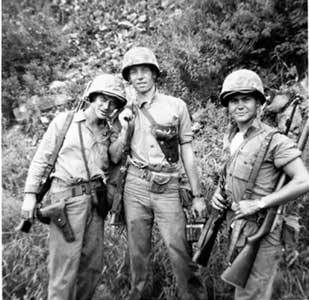
Members of the 1st Marines (last names Anderson, Taugner, and Reno) pose for a candid moment during a lull in the action.

Henry M. Rector, 1st Marines, relaxes with his Browning .30 caliber machine gun.
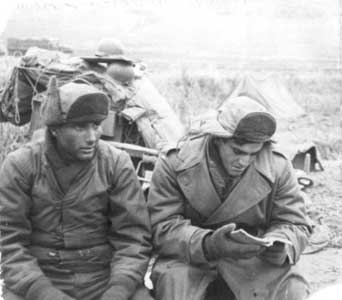
Soldiers from the 1st Cavalry Division pause to rest and collect themselves on the retreat from North Korea following the entry of Chinese communists into the war.


